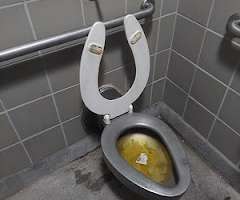Macrofortification
Rebuilding Place in Urban Space
AUGUST 8, 2022
A couple decades ago I saw a presentation at the National Building Museum by Camilo José Vergara , who specializes in photographing urban decay, showing photos of Los Angeles, including what he called "micro-fortification" of housings around pipes and stuff. He was very critical, arguing it demonstrated a grim, anti-people approach.











Let's personalize your content